The increasing global awareness of how the way we eat influences directly on climate change, combined with encouraging conditions for investing and the establishment of a new normal, where businesses are closed through Zoom calls, have driven record amounts of investment into FoodTech startups. We are closer than ever to creating moonshot technologies that will grow affordable, nutritious food for billions of people without devastating natural resources.
This revolution is happening because as a society, we are facing unprecedented challenges that need urgent address. Creating a more sustainable food global system is crucial and requires a transition of all parts of the supply chain, it is technology’s role to make it easier for us to find solutions to this complex situation.
The challenges we are facing
Credit Suisse is an investment group with a strategy focused on funding sustainable growth. The Credit Suisse Research Institute report on sustainable food from 2021 provides a deep dive into the challenges of building a more balanced global food supply system and talks about the environmental impact of our current food system, malnutrition in the world’s population, or the systematic food waste as key concepts to work on.
- Food production and consumption have a big role in the environmental impact, contributing to over 20% of the global greenhouse gas emissions and using up to 90% of the world’s freshwater. The report concludes that the situation can worsen significantly in the next few decades with the paste of human population growth and the shifts happening in the raising middle-class diets, emissions could increase further by 46%, while demand for agricultural land could increase by 49% unless action is taken.
- A balanced food system not only benefits human health but also has a positive impact on the global ecosystem. However, this is idea is far from reality today, as almost 700 million people are undernourished, while at the same time around 1.8 billion people globally are overweight or obese. According to the study, the need to turn this situation around is obvious, as the impact cost of malnutrition on the global economy increases to $13.6 trillion annually.
- These challenges are made worse by the fact that more than 30% of the food produced is wasted. Around $408 billion of food produced in 2019 went unsold or uneaten. The Food and Agriculture of Organization of the United Nations estimates that the economic, environmental, and social costs associated with food waste ascend to $2.6 trillion. Solutions need to focus across the entire supply chain, as about 50% of food is lost in the production and handling phase, while 45% is wasted in the distribution and consumption phase.
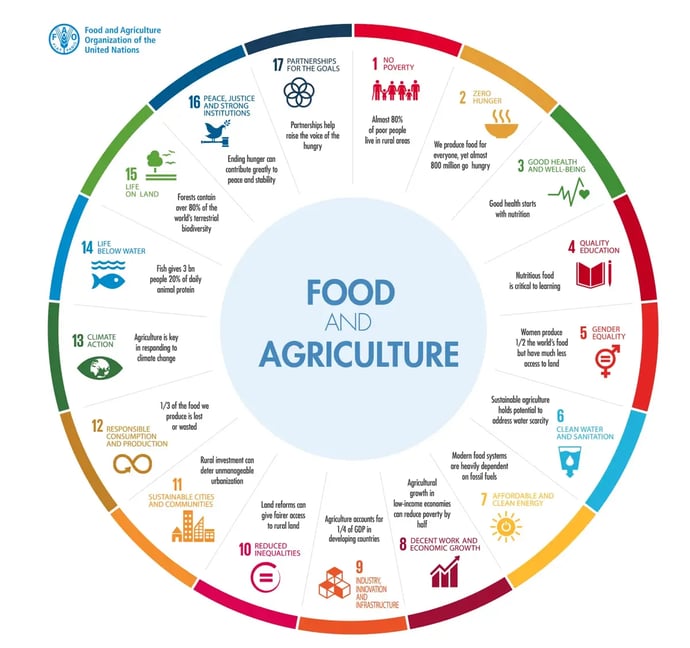
Source: The Food and Agriculture Organization of the United Nations (FAO)
Building ideas for foodservice
The world’s population is set to increase to about ten billion by 2050, changing what we eat, how much we eat, and how we produce food is critical. As for business and investments, this situation will lead to opportunities and disruption for those who are willing to think outside the box.
Circular economy and sustainability, the robot revolution in the foodservice industry, cultured and re-invented meat, personalized nutrition, and growing food in the cities of the future are just some key trends emerging according to TechFood Magazine:
- Personalized diets: a growing global market with an estimated worth of 127 billion dollars, has found success in Japan with a program that uses artificial intelligence, social networks, and DNA to create individual menus adapted to each person.
- Vegetable proteins and synthetic meat: shifting to a plant-based diet and the development of alternative meat is creating a disruptive change among the consumers. Artificial meat is being tested right now and is said to hit the market within 2 or 3 years.
- Snacking and upcycling: insects, seaweed and leftover salmon skin snacks are making the picture of a new market that could reach a value of 32 billion dollars by 2025, according to Grand View Research.
- Food traceability: Supermarkets and hypermarkets are starting to use blockchain technology to guarantee and control the quality of the food and trace, for instance, that their chicken meat comes from antibiotic-free poultry.
- Automation in supermarkets and restaurants :Robotic waiters and chefs, remote-controlled delivery vehicles, and dronesthat oversee the display shelves and take inventories in real time are some innovations emerging in retail sales.
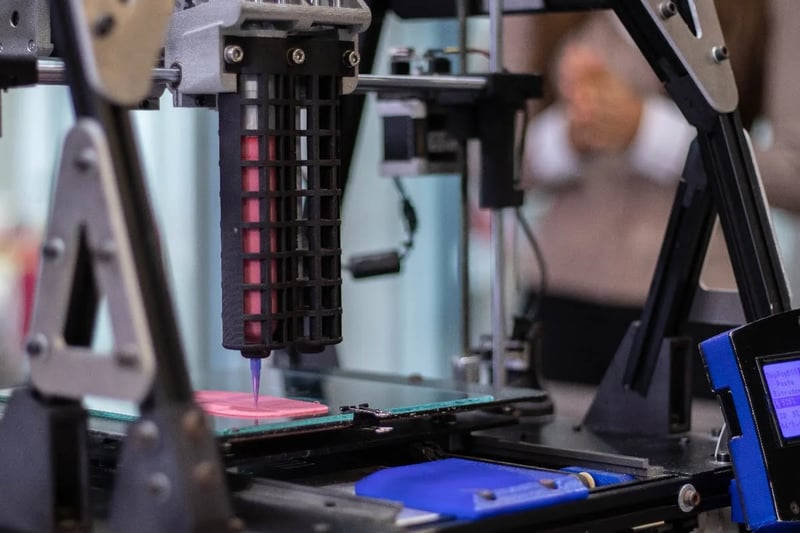
Market opportunities and disruption
The Agrifoodtech sector has shown its great potential in the last year, breaking records in global investment. According to the Annual Foodtech Report by PitchBook, the capital raised by foodtech startups in 2021 reached $39.3 billion, 107.3% more than in 2020.
Technologies associated with food and agriculture often involve complex operations and logistics, it is important to ensure a stable financial environment. Transformative change is likely to be unpredictable and its impacts variable, so technology exploration and try-outs under real-world conditions are essential to test effectiveness, but the financial market does not reward the “fail fast and restart/iterate” model.
“whenever a startup receives funding, a bet is placed on the future. Because of these bets, capital and talent come together and create space for innovation”.
Hungry-Ventures describes very well in its Food Tech Invest Report 2021 the opportunities of what being resilient can bring to the table: “whenever a startup receives funding, a bet is placed on the future. Because of these bets, capital and talent come together and create space for innovation”.
Foodtech investment highlights 2021
Finance is searching for more creative investment solutions like steady and longer-term funding for technology development to drive transformational shifts, as the research, development, and implementation cycles of foodteh may need more time to succeed.
Foodtech innovation involves investing huge amounts of resources, knowing in advance that many of the chosen solutions will not survive to see the market. But the magic happens when one of these projects reaches the end of the road with success, resulting in a transcendent world-changing innovation.
Let’s review the numbers and highlights the portal FoodHack analyzed on Foodtech’s investment in 2021 to help us get a better understanding of what investors are backing up and where this is all heading:
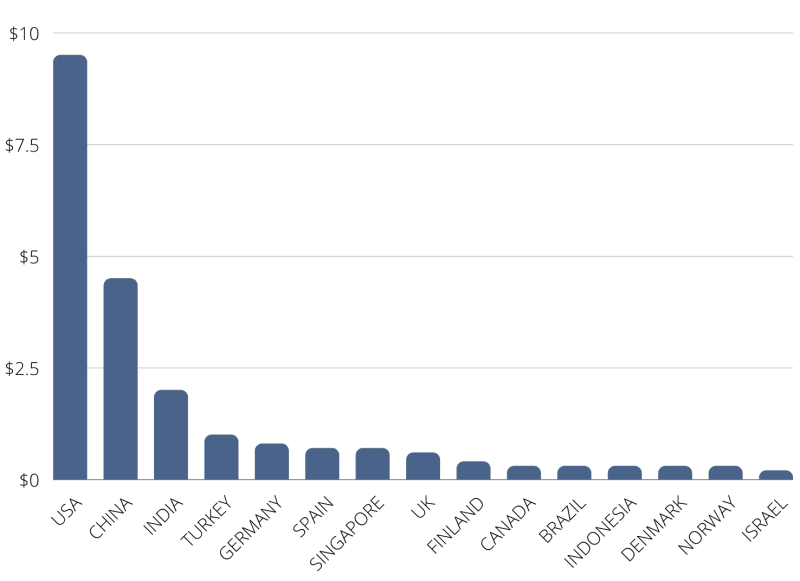
Source: Foodtech world investment in the first half of 2021 by AgFunder
- European funding boomed: the US remains by far the largest market for agrifoodtech with ventures raising $9 billion between January and June 2021, but Europe’s foodtech scene is starting to break through, with several startups recently creating the first wave of European unicorns. A ‘unicorn’ company is defined as a privately held startup company with a value of over $1 billion. And while the US has been the epicenter of the unicorn flock, Europe’s tech herd is now 321 strong, 100 of which hit their 10-figure valuation in 2021 and 11 of which are FoodTech focused.
- Downstream is up: while both upstream, which includes B2B tech and products, and downstream, or the products consumers buy, investment peaked this year, downstream investment rebounded after slipping behind upstream for the first time last year. This year saw especially significant downstream gains in three areas:
- Cellular meat: investors are fuelling late-stage rounds to break ground on cultivated meat manufacturing facilities. The global alternative proteins market is estimated to grow by seven times over the next decade, from about 13 million metric tons consumed in 2020 (about 2% of the total animal protein market) to approximately 97 million metric tons by 2035 (reaching 11% of the overall protein market)
- eGrocery: The delivery services business is rocketing – not just since the pandemic. Investments in food delivery were responsible for the first wave of European unicorns. And egrocery remained the hottest investment segment during 2021, with many chasing the success of firms like Gorillas ($1.3B funding, $2B+ valuation) and Getir ($1B funding, $8B valuations).
- Farms of the future: like cellular meat, this technology requires immense capital to scale. Early leaders accumulated massive go-to-market funds, like Infarm’s $200M. The market for connected agricultural products and services could add USD 500 billion to global GDP by 2030.
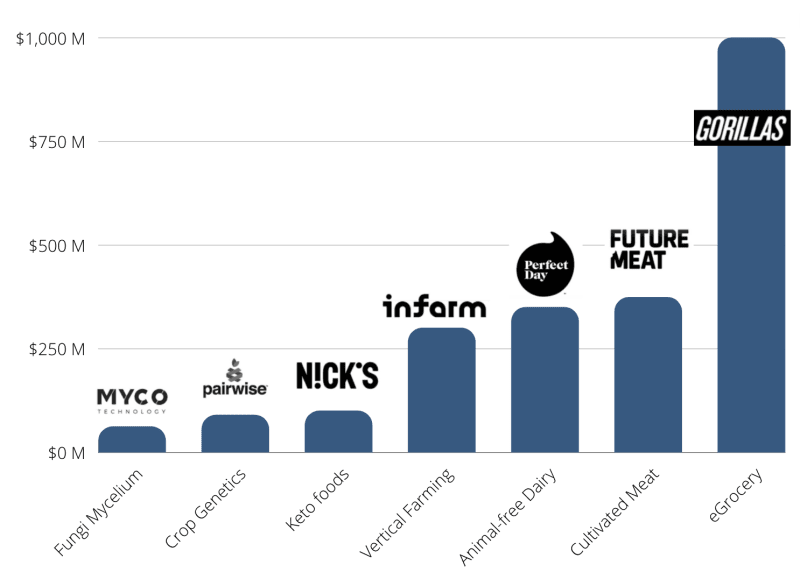
Source: Food investing in 2021 by Foodhack
The future of food
Food systems technologies are developing at an unprecedented rate, ready to be implemented in the next decade and significantly transforming the food system. Technological innovations extend to the entire food system, from food production, processing, and consumption to waste stream management. Technology may catalyze transformation by triggering regulator shifts, new market demands, and other system innovations.
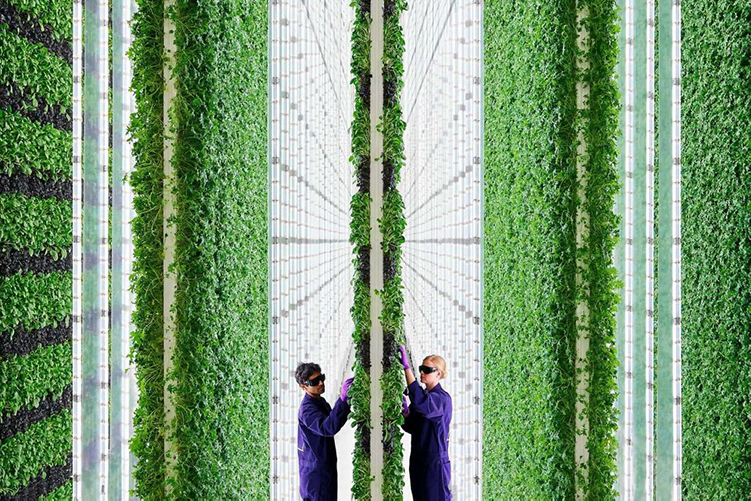
Unfortunately, it is hard to keep up with the fast pace of occurring events. The numbers and studies are not keeping up with the innovation and investing systems that are emerging.
At CIB, we believe it is our responsibility to prepare the leaders of tomorrow’s kitchens to be the main players of progress. For this reason, future sessions are part of our students’ education, to provide them with a complete vision of the culinary world so that they can adapt and generate impact with their ideas.
It is a moment to be aware of what is coming ahead of us, as the world shifts towards a low-carbon economy, new climate-friendly business models will also open investment scopes and presents a real opportunity for nutrition to be a driver of a systemic world change.









